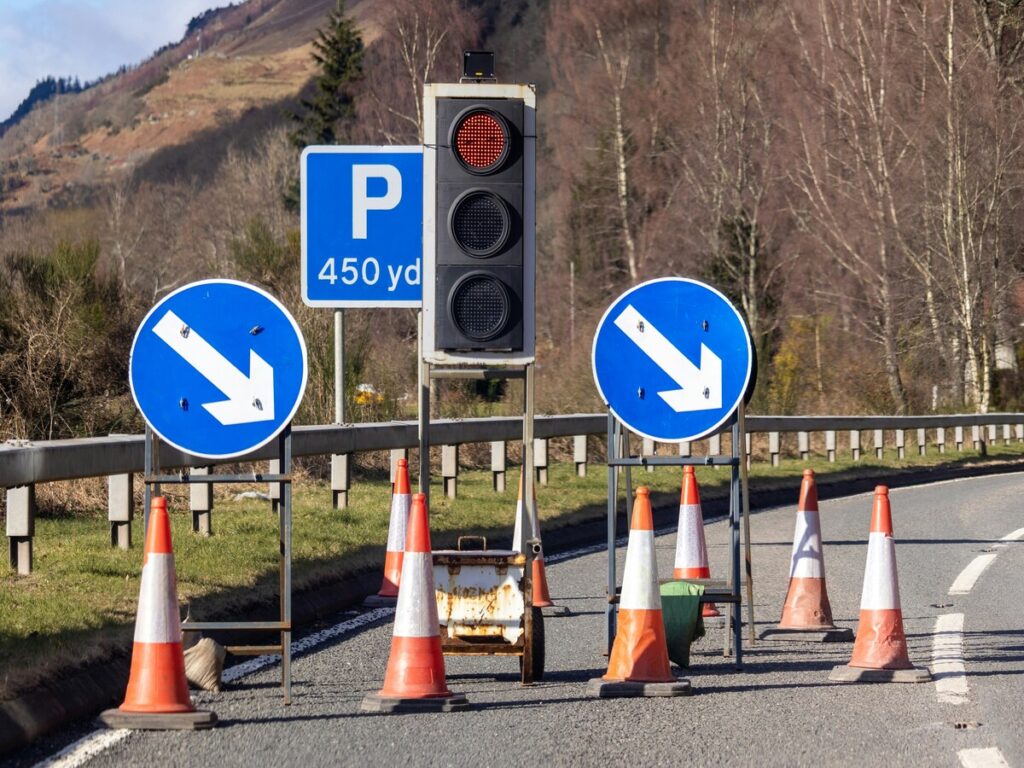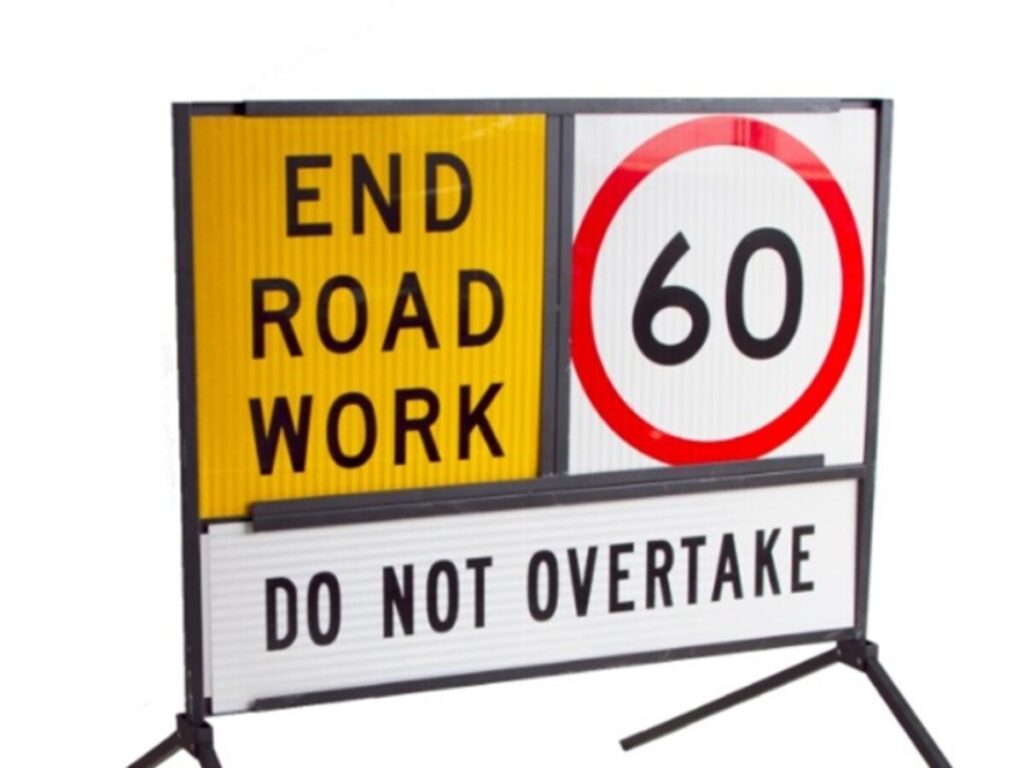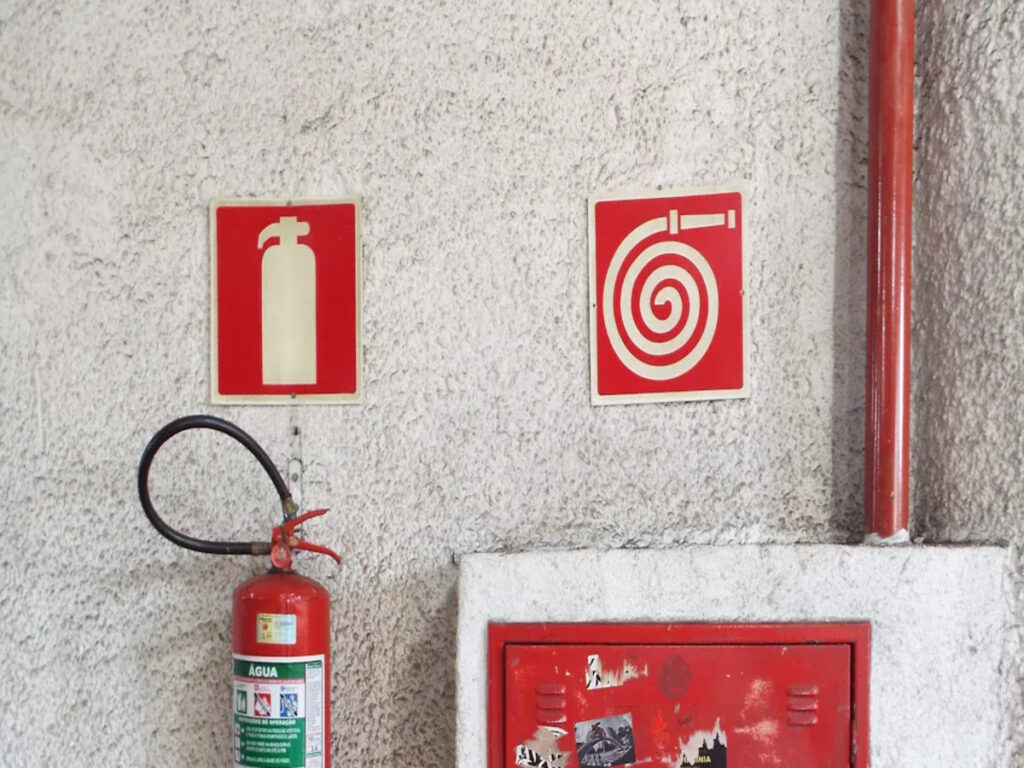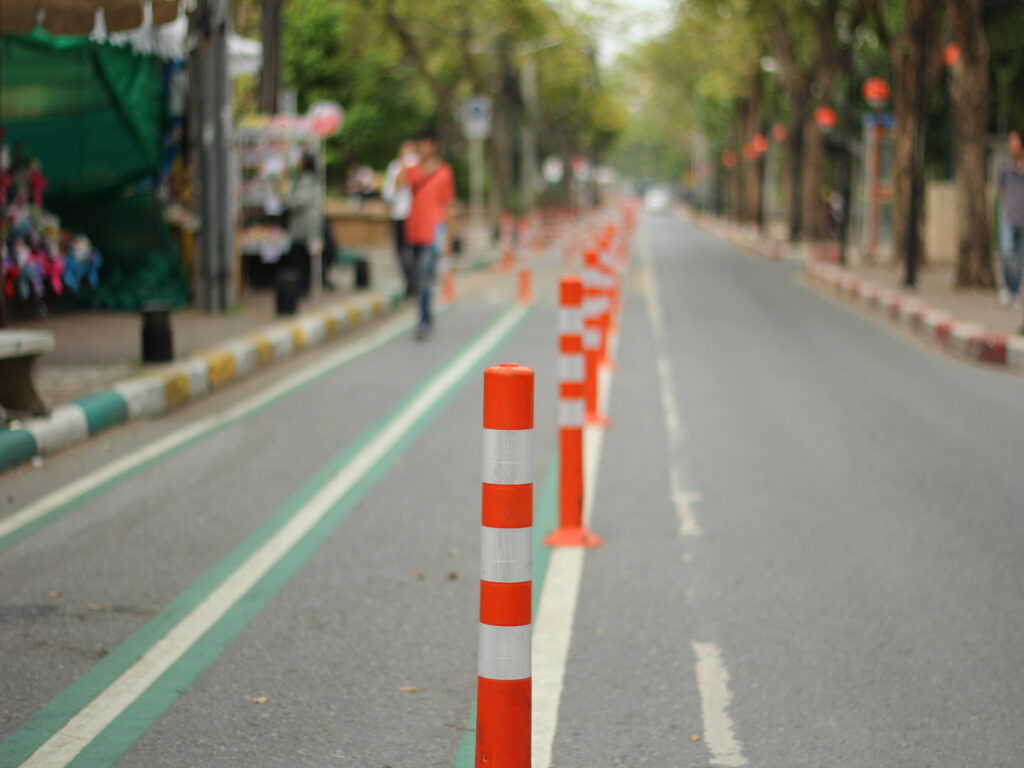
Vous devez suivre les considérations clés lors de l’installation d’une borne afin d’assurer la sécurité des personnes et des biens.. Lorsque vous installez des bornes, se concentrer sur un ancrage fort, le bon choix de boulons, et une bonne préparation du substrat en béton. Ces étapes aident à prévenir les échecs, ce qui est crucial puisque environ 24% des incursions de véhicules se produisent dans des points de vente au détail très fréquentés, causant des milliers de blessés chaque année. L'installation sécurisée de bornes montées en surface arrête les accidents coûteux et protège contre les impacts des bornes de circulation. Une planification minutieuse et un processus d'installation correct vous offrent une protection durable et une tranquillité d'esprit.
OPTRAFFIC offers comprehensive bollard solutions with expert advice on installation to ensure strong anchoring, proper bolt selection, and reliable concrete preparation. With high-quality Bollards de la circulation designed to meet safety standards, OPTRAFFIC helps prevent vehicle incursions, safeguard your property, and reduce the risk of costly accidents.
Principaux à retenir
- Prepare the site carefully by checking for hazards, measuring placement, and ensuring safety before starting installation.
- Clean and level the concrete surface, repair cracks, and confirm the foundation is strong enough to support the bollard.
- Choose the right anchor bolts or epoxy based on the surface type and follow manufacturer guidelines for load and torque.
- Mark and drill holes precisely, insert anchors securely, and tighten bolts properly to keep the bollard stable and straight.
- Inspect bollards regularly for alignment, corrosion, et les dommages, and perform maintenance to extend their safety and lifespan.
Préparation
Évaluation du site
Start your preparation by carefully assessing the site. Walk the area and look for any obstacles or hazards. Check for underground utilities before you begin any drilling. Use a measuring tape and marking tools to plan the exact bollard placement. Good prep helps you avoid costly mistakes and keeps your project on track. Think about how people and vehicles move through the space. Place each bollard where it will offer the most protection and guide traffic safely. Consider lighting, chemins, and the overall layout to make sure your bollard placement supports both safety and function.
Safety Checklist
Before you start, always follow safety precautions. Porter des gants, lunettes de sécurité, and sturdy shoes. Make sure your tools are in good condition. Gardez une trousse de premiers secours à proximité. Review your safety checklist:
- Confirm you have all required tools: clé, hammer-drill, diamond core drill bit, steel brush, and compressed air.
- Check for underground pipes or wires.
- Mark the work area to keep others safe.
- Use shims and boundary forms for precise foundation prep.
Conseil: Never skip safety precautions. They protect you and everyone around the worksite.
Substrate Evaluation
Proper preparation of the foundation is key for a secure installation. Examine the concrete or ground where you plan to install the bollard. The surface must be clean, level, and strong enough to support the bollard. Use a steel brush and compressed air to remove debris from the area. If you find cracks or weak spots, repair them before moving forward. Pour de meilleurs résultats, use non-shrink grout with at least 60 MPa strength. This step ensures your bollard stays upright and stable for years. Good substrate evaluation and prep prevent future problems and keep your installation safe.
Concrete Substrate Preparation
Cleaning and Leveling
You need to start with a clean and level surface before you install any bollard. Remove all dirt, poussière, huile, and loose debris from the area. Use a broom, steel brush, or compressed air for this step. A clean surface helps the anchor bolts grip better and keeps the bollard stable. If you see any bumps or uneven spots, use a grinder to smooth them out. Leveling the area ensures the bollard stands straight and does not lean over time. Good prep at this stage makes the rest of the installation easier and safer.
Conseil: Always double-check your work area after cleaning. Even small bits of debris can weaken the bond between the bollard and the foundation.
Thickness and Strength
Check the thickness and strength of your concrete foundation. Most surface-mounted bollards need a solid base to stay secure. The ideal depth for bollard installation is usually at least 4 inches of reinforced concrete. If the foundation is too thin or weak, the bollard may not hold up against impacts. Use a tape measure to check the depth. If you have any doubts, consult the manufacturer’s guidelines or a structural engineer. Strong concrete helps the bollard resist force and last longer.
| Foundation Thickness | Utilisation recommandée |
|---|---|
| Moins que 4 pouces | Not suitable |
| 4-6 pouces | Bollards légers |
| 6+ pouces | Heavy-duty bollards |
Surface Condition
Inspect the surface for cracks, puces, or signs of wear. A damaged foundation can cause the bollard to shift or fail. Fill any cracks with repair mortar and let it cure before you continue. Make sure the surface is dry and free from standing water. Wet or damaged areas can weaken the anchor bolts and reduce the bollard’s effectiveness. Careful prep of the surface condition gives you a strong start and helps your installation last for years.
Bolt Selection for Bollard Installation
Anchor Bolts vs. Epoxy
Choosing the right bolts and anchors is a key part of bollard installation. You can use anchor bolts or epoxy adhesive, depending on your installation method and site conditions. Anchor bolts work well for most concrete surfaces. You drill holes with heavy-duty tools, insert the bolts, and tighten them to secure the bollard. Epoxy adhesive can improve bolt stability, especially in older or uneven concrete. You fill the drilled holes with epoxy, then insert the bolts. This method helps the bolts grip better and adds strength. Both options have passed strict tests, comme le ASTM F2656-15 M50/P1 impact standard. These tests show that the bolts and anchors can hold the bollard in place, even during high-impact events.
Conseil: Use the right tools for drilling and setting bolts. This step ensures your installation method gives you the best results.
Material Compatibility
You need to match your bolts and anchors to the substrate for a safe installation. Material selection matters because different surfaces need different anchors. For concrete, wedge anchors or pour-in-place anchors work best. For steel, use D-ring or beam clamp anchors. Always check that your bolts and anchors are compatible with the surface. The table below shows common pairings:
| Substrate Type | Anchor Bolt Type | Lignes directrices |
|---|---|---|
| Béton | Wedge, Pour-in-Place | Pre-drill holes; match anchor to concrete strength |
| Acier | D-ring, Beam Clamp | Attach or clamp based on structure and load |
| Toiture | Ridge, Truss, Poste | Use anchors made for roofing to avoid surface damage |
All anchors must pass safety inspections and meet standards like OSHA. This ensures your bollard installation stays secure and safe.
Load and Torque
You must consider load and torque when selecting bolts for bollard installation. The bolts need to handle the force from impacts or daily use. Par exemple, crash-rated bollards use bolts tested to stop vehicles traveling at high speeds. These bolts meet strict standards and keep the bollard anchored during strong impacts. Always use a torque wrench to tighten bolts to the manufacturer’s specifications. This step prevents over-tightening or under-tightening, which can weaken the installation. Proper load and torque settings help your bollard resist movement and last longer.
Souviens-toi: Good material selection, the right tools, and careful installation method choices all work together to create a strong, lasting bollard installation.
Surface Mounted Bollard Installation
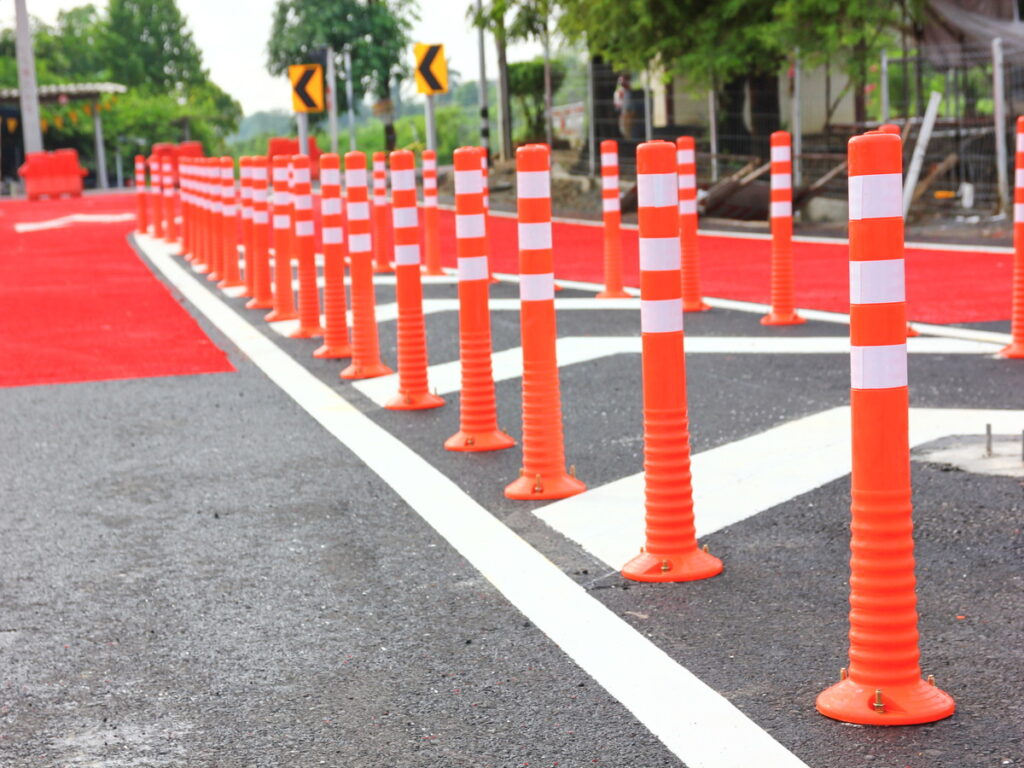
Marking and Drilling
You start the installation process by marking the exact spots for your surface mounted bollard. Use a measuring tape to check the spacing between each bollard. Mark the anchor hole locations with a pencil or chalk. This step helps you avoid mistakes during placement. Always double-check your marks before you drill.
Pick up your hammer-drill and attach a diamond core drill bit. Drill straight down at each marked spot. Make sure you match the hole size and depth to the bollard base and anchor specifications. After drilling, use a steel brush to clean out the holes. Blow away any dust or debris with compressed air. Clean holes help the anchors fit tightly and improve stability.
Conseil: Use a level to check that your marks line up. If the surface is uneven, place shims under the bollard base to keep everything straight.
Inserting Anchors
Once you finish drilling, you can insert the anchors. Choose anchors that match your installation method and the type of surface. Slide each anchor into its hole. If you use epoxy adhesive, fill the hole with high-strength epoxy before inserting the anchor. This step increases stability and helps the anchor grip the concrete.
Push the anchors down until they sit flush with the surface. Wipe away any extra epoxy. Let the epoxy cure as recommended by the manufacturer. This waiting period is important for a secure installation. Check that each anchor is straight and does not move. Good anchor placement keeps your surface mounted bollard steady for years.
Securing the Bollard
Now you are ready for securing the bollard. Place the bollard base over the anchors. Line up the holes in the base with the anchors in the concrete. Drop the bolts through the base and into the anchors. Use a wrench to tighten each bolt. Follow the bolt torque specifications from the manufacturer. This step prevents over-tightening or under-tightening, which can affect stability.
After you finish tightening, check the bollard for movement. Gently push and pull to test stability. If you notice any wobble, adjust the shims or retighten the bolts. Use a level to confirm the bollard stands straight. Repeat these steps for each bollard you install.
Note: Always review your work after installation. Proper securing the bollard ensures long-term safety and performance.
A well-done installation process gives you surface-mounted bollards that protect people and property. Careful placement, the right tools, and attention to detail make your installation method strong and reliable.
Inspection et entretien

Alignment and Stability
You need to check the alignment and stability of each bollard after installation and during routine inspections. Start by making sure the bollard stands straight and does not lean. Use a level to confirm the correct placement. Push gently on the bollard to test for movement. If you notice any wobble, tighten the bolts or adjust the shims. Secure anchoring keeps the bollard stable and ready to protect people and property. Monthly checks help you spot early signs of instability, such as loose bolts or shifting bases. Address these issues right away to prevent bigger problems.
Regular inspections help you catch small alignment issues before they become safety risks.
Surface Corrosion Protection
Protecting your bollard from corrosion is important for long-term performance. Clean the surface with warm soapy water and a soft brush to remove dirt and moisture. This step prevents rust from forming. Apply anti-corrosion coatings, especially if your bollard sits in a high-traffic or salt-exposed area. Touch up paint or coatings if you see chips or scratches. If you spot rust, clean it off and apply a rust-resistant coating right away. These actions keep the bollard looking good and working well for years.
- Use de-icing agents before freezing weather to stop ice from building up.
- Remove snow often to keep the bollard accessible and visible.
Chèques de routine
Set up a regular schedule for bollard inspections and maintenance. Monthly checks help you find cracks, rouiller, or wear early. Clean the bollard and lubricate any moving parts to reduce friction and wear. If you have automatic or removable bollards, test their operation to make sure they work smoothly. Call a certified technician for repairs if you find damage or if the bollard feels unstable. Tenir un registre de toutes les inspections et réparations. This documentation helps you track the condition and stability of each bollard over time.
- Schedule seasonal checks to address weather-related wear.
- Adjust your maintenance routine if your bollard faces harsh conditions, like coastal salt or heavy traffic.
Following a maintenance schedule based on inspection data increases the reliability and lifespan of your bollard installation.
You can achieve a strong surface mounted bollard installation by following each step carefully. Start with proper preparation and choose the right bolts for your bollard. Secure the bollard with the correct installation method. Always follow safety rules and check the manufacturer’s instructions. Regular maintenance keeps your installation safe and effective. When you pay attention to these details, your bollard installation will last for years and protect your space.
For a comprehensive guide on bollard installation and ongoing maintenance, Consultez le blog Installation de postes de contrôle du trafic & Entretien: Guide complet pour la sécurité à long terme. It provides expert tips to ensure your traffic control posts remain secure, fiable, and safe for the long term.
FAQ
How do you know if your concrete is strong enough for a surface-mounted bollard?
Check the thickness and look for cracks. Use a tape measure to confirm at least 4 inches of reinforced concrete. Si vous constatez des dégâts, repair it first. Strong concrete keeps your bollard secure.
What tools do you need for installing a surface-mounted bollard?
You need a hammer-drill, diamond core drill bit, steel brush, clé, and compressed air. Always wear safety gear. These tools help you drill, faire le ménage, and secure the bollard properly.
Can you use epoxy adhesive with anchor bolts?
Oui, you can use epoxy adhesive to improve the grip of anchor bolts. Fill the drilled hole with epoxy, then insert the bolt. This method adds extra strength, especially in older or uneven concrete.
How often should you inspect your bollards?
Inspect your bollards every month. Recherchez des boulons lâches, rouiller, or movement. Clean the surface and check for damage. Regular checks help you catch problems early and keep your bollards safe.




